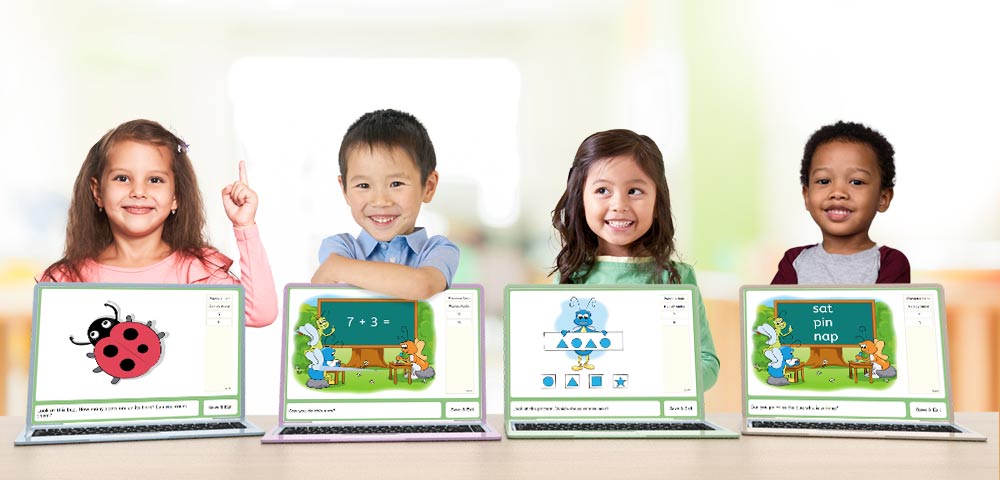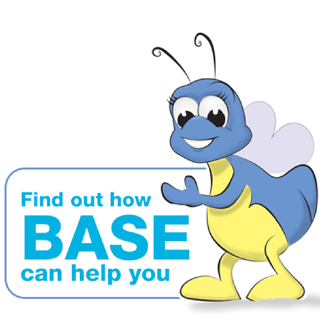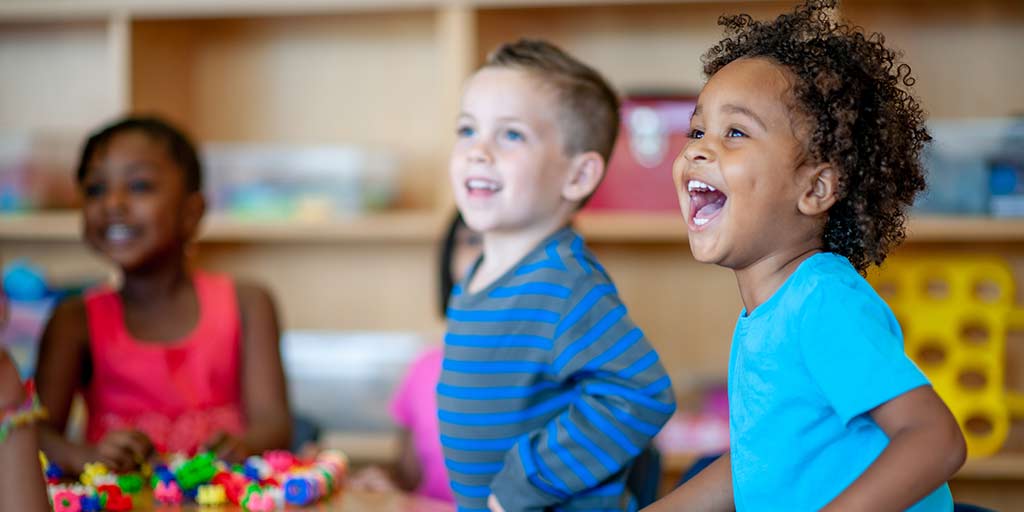Early years education is key to future success in life
‘The first year of school is unique’ The importance of the early years in a child’s life cannot be overstated. As teachers we play our part as we...

Login | Support | Contact us
Mark Frazer : Apr 22, 2022 3:09:57 PM
2 min read

Children starting Reception class in schools in England are at the beginning of their ‘full time’ educational journey, but they are likely to start from very different places. At this early stage the formal and informal education children have experienced at home, in childcare, or in nursery settings will be wide-ranging.
The current Reception Baseline Assessment guidance makes clear that there are no ‘standards’ for children in the first few weeks of school, even though they are potentially half way through their Foundation Stage journey at this point. Nine months later (for children in England) there is a clearly defined set of age-related expectations: a ‘Good Level of Development’ in the prime and specific areas of learning in the Early Years Foundation Stage Profile.
Teachers must have a clear understanding of the knowledge and skills that all their children have on entry to Reception class, so that support and challenge may be provided where needed to meet these expectations by the end of that year.
 Our paper "What do 4-year-olds know and what can they do?" describes the key findings from an analysis of data taken from BASE, a computer-based assessment carried out within the first few weeks of children starting school. It assesses early literacy and numeracy skills in an easy to use and engaging way.
Our paper "What do 4-year-olds know and what can they do?" describes the key findings from an analysis of data taken from BASE, a computer-based assessment carried out within the first few weeks of children starting school. It assesses early literacy and numeracy skills in an easy to use and engaging way.
The data analysed relates to 70,000 assessments, taken in comparable schools in England, over the three most recent academic years not disrupted by COVID-19 (2016, 2017 and 2018). The results were used to identify what the ‘typical’ four-year-old knows and can do.
The results of our research show that children start the Reception year with a wide range of knowledge and abilities, generally aligned with the Early Learning Goals. Some pupils, on entry to Reception class, have the level of knowledge and understanding that would be expected on completion of the Reception year.
BASE provides an opportunity to objectively assess a class of children in a range of understanding and basic skills. The results are often surprising as initial perceptions of what children can or cannot do are frequently challenged. There is a risk that many children may be being underestimated.
If children have already secured a range of basic concepts and skills before they begin the Reception year, then it is important to find out what they know and can do. In this way they can be provided with new and appropriate challenges, allowing them to make even better progress.

‘The first year of school is unique’ The importance of the early years in a child’s life cannot be overstated. As teachers we play our part as we...

We know that a good start in the early years matters. Each year a child spends in an early years setting is a time of rapid learning and development....

By Dr Pat Preedy In the 1990s, I was invited to be part of the Centre for Evaluation and Monitoring (CEM, now Cambridge Insight), the team that...